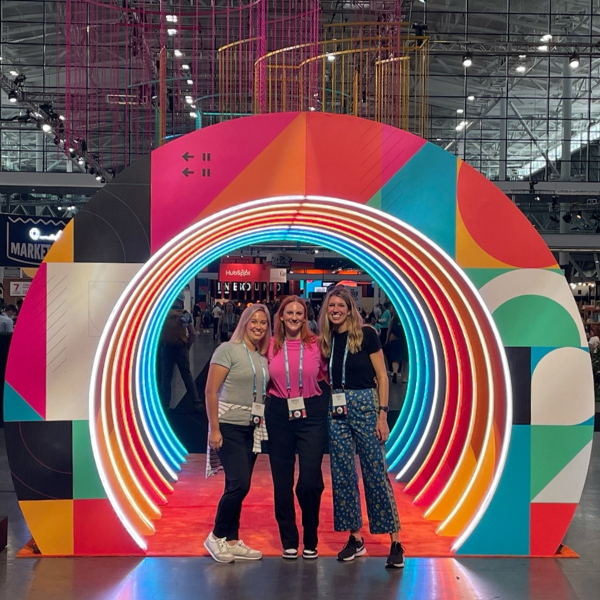If the Internet is a highway, search engines are the map. In the past 20 years, search engines have grown from a useful tool to an absolute necessity for navigating the Internet. Nearly 93% of all online experiences begin with a search engine, with Google holding 92% of the global market share.
If you are looking to improve organic traffic to your site or launching a new website entirely, the task of marketing yourself on search engines may seem daunting. Gone are the simple days of search engine optimization (SEO) via keyword stuffing and link-building schemes, as Google has extensively expanded the criteria they look at when ranking content in their search engine page results (SERPs). Metadata, user engagement, site performance (especially on mobile devices), domain authority and more all factor into their secret algorithm that they have the power to change at any time, drastically impacting your site’s visibility for better or worse.
Then there’s search engine marketing (SEM), which uses paid methods to appear in search results, an attractive proposal to instantly boost your site up to the top of the SERPs without any leg work. After all, why waste your time optimizing your site when you can just promote it with money? It’s a seemingly valid option, at least in the short term; however, SEM has also continued to evolve with SEO at a rapid pace. And as with SEO, SEM isn’t as easy as it may seem.
SEO 101
In their days of infancy, search engines relied heavily on keywords to identify and match appropriate content. They would then use other websites to prioritize the “best” content based on referral links; the idea being, if more sites are linking here, then it must be good. This led to a lot of black-hat practices, like hiding “invisible” keywords in the text or code as well as link building through bribes or trades. As a result, Google expanded its algorithm to focus more on quality rather than quantity.
With this transition, your content had to be good. It needed to be informative and engaging, while also naturally incorporating any related keywords into its copy. You could not simply duplicate content pages anymore, making small keyword changes to appeal to local audiences. Your content had to be unique, which considerably increased the labor required to be SEO-efficient; and, as Google’s algorithm continued to improve it became necessary to update your content more frequently. Having the number one spot didn’t mean you got to keep it.
The modern era of SEO now focuses more on relevance and accessibility. Users continue to trend towards accessing the Internet more on their mobile devices than on a desktop, and Google has taken notice. The company has made great strides in 2021 to implement standards for factors they consider important to a positive mobile web experience, focusing on how stable, viewable and usable your site operates on these devices. You may have heard about these updates under the name “Core Web Vitals”, which was implemented as recently as June 2021.
SEM – What’s the difference?
Early SEM was similar to a Disney FastPass – just pay to go to the front of the line; and while this fundamental aspect hasn’t changed, it has expanded. Google would have potential buyers bid against each other for the best spot – comparable to other standard forms of advertising; however, this wouldn’t last. With an increased focus on content performance, Google began to hone in on the effectiveness of the ad copy and web content that was being promoted.
As with SEO, the quality of your content significantly impacts your paid search visibility. It is in Google’s own financial interests to prioritize ad campaigns they think will perform the best, and in 2005 they introduced their Quality Score ranking system to achieve this. The Quality Score evaluates several factors over a campaign’s initial run: click-through rate (CTR), keyword relevance, landing page quality and relevance, text ad relevance as well as the past performance of your Google Ads account. The lower your Quality Score, the more you will pay to compensate for your campaign’s expected poor performance. Once again, content is king.
Over the past 17 years, Google continued to evolve our understanding of what SEM means. At its core was content and the user experience, but its advertisement offerings were no longer limited to just simple text ads. Google expanded its AdWords platform to include other forms of advertising, such as Display and Video. And in 2018 Google officially changed the name of their SEM platform from Google AdWords to Google Ads, as their platform has grown to include much more than just text.
Conclusion
In the early 2000s, industry thought leaders believed search engine marketing was going to supercede SEO. SEM was going to cover everything: optimization, paid listings, site referrals…after all, these were all clearly just marketing tactics. The fact that these terms both persist to this day is a testament to just how much they’ve evolved. While different, they are still intrinsically connected – both are essential for anyone truly looking to make an impact on the Internet.
If SEM is buying groceries, then SEO is planting a garden. Going to the grocery store can be convenient but more costly compared to the patience and effort required to harvest your salad fixings from your kitchen garden. But you need both for a well-balanced meal. In the same way, SEO may take a bit longer to get started but can have tremendous results that greatly enhance your paid media efforts. If the ultimate goal is to drive conversions at the lowest cost, an integrated marketing strategy that includes both SEO and SEM is just impossible to ignore.
Check out these tips on how to ensure your website is positioned to evolve and adapt along with Google’s ever-changing algorithm.






